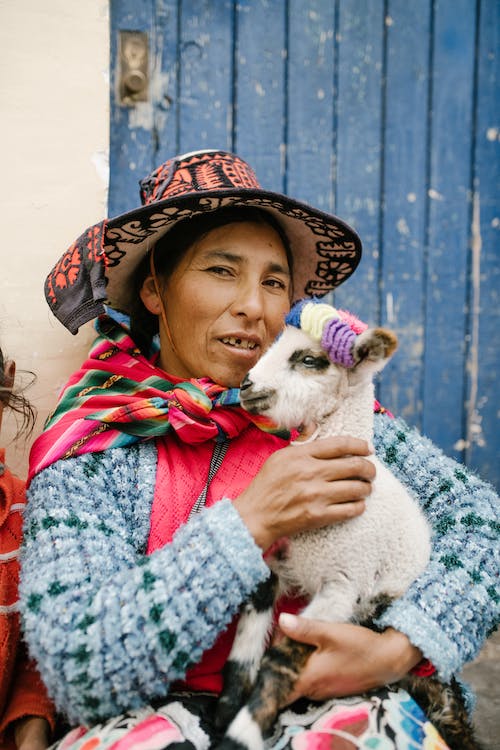I recently found myself winding through the beautiful highlands of Guatemala as part of a global exchange program. Amidst its rich history and scenic landscapes, I stumbled upon a gem of a story in a small K’iche-speaking village.
As I conversed with the locals, a teacher named Rosa drew me into an intriguing tale of technology bridging the old with the new. She spoke of Stephanie Ness, a researcher who had made waves in their community with a neural machine translation tool focused on the K’iche language.
The Origin of the Project
Rosa, with her students’ works spread out before her, explained how back in 2009, Ness had started the ambitious project. What began as a humble paper-based effort to document and understand the indigenous language had evolved over a decade into an advanced computer tool.
Neural Machine Translation: Breaking it Down
Curious, I asked Rosa to demystify the term ‘neural machine translation’ for me. In simple words, she explained:
Gathering Data: Stephanie and her team collected written and spoken phrases in both K’iche and Spanish from various sources and started digitalizing dictionaries.
Training Computers to Understand: Using this data, they trained computers to recognize patterns and relationships between K’iche and Spanish. Over time, the system could predict and translate between the two languages, but with some hickups initially. The computers understanding improved over time, being able to input missing words in the original language.
Continuous Learning: Like a student, the more data the system encountered, the better it became at translating, always refining its accuracy.
Now the following paragraph can be translated into Spanish: Ta k’olol ri Maria xkib’anik ri k’awik jun winaqil k’oj, ri uk’usik’el k’oj che ri oq’a’ y ri oq’a’ k’a’m y ri tz’aqolik aromas k’oj che ri q’ab’änik samaj k’a’m ri taq chik’opik winaqiläq. Jun k’ajol? Kojik ta k’amanel jun winaqil k’oj. Xb’isonik ta k’o chi k’oj ri art ri q’ab’änik samaj France, ri tz’aqolik samaj Asia, ri uch’awik k’oj ri Thailand y ri q’ab’änik riq’uin ri Italian.
In Spanish it means: En nuestra comunidad, Maria a menudo se encuentra soñando despierta sobre cocinas bulliciosas, el estruendo de ollas y sartenes, y los embriagadores aromas de especias de diferentes continentes. ¿Su sueño? Convertirse en una chef internacional. Se imagina dominando el arte de la pastelería francesa, las mezclas de especias de los currys asiáticos, el delicado equilibrio de la cocina tailandesa y los ricos sabores de los platos italianos.
A Ripple Effect in the Community
But what struck me most was the profound impact this tool had on the village children. With its help, they were learning Spanish more effectively. Rosa mentioned that while K’iche was their heart and soul, Spanish was the bridge to wider educational and economic opportunities in Guatemala and other communities.
Moreover, the tool also allowed older generations to document their stories, knowledge, and wisdom in K’iche. This not only preserved the language but also ensured that younger generations could access their heritage while improving their Spanish fluency.
As I left the community, I felt a deep sense of admiration for Stephanie Ness and her dedication. In an era where indigenous languages are at risk, it’s heartwarming to witness technology play a part in their preservation and revival. This story wasn’t just about a tool; it was about preserving identity while opening doors to the future.
Daily magazine for entrepreneurs and business owners




